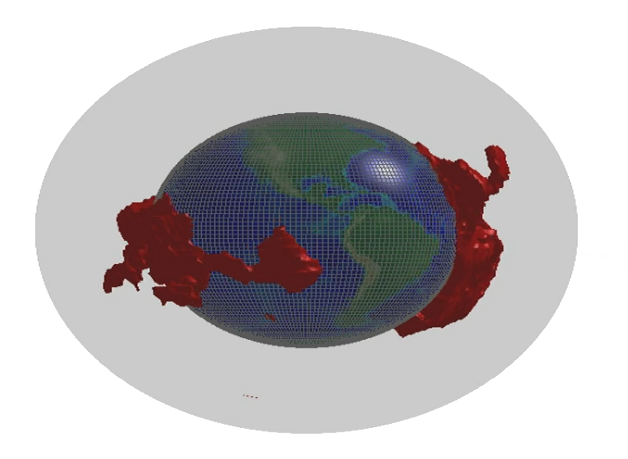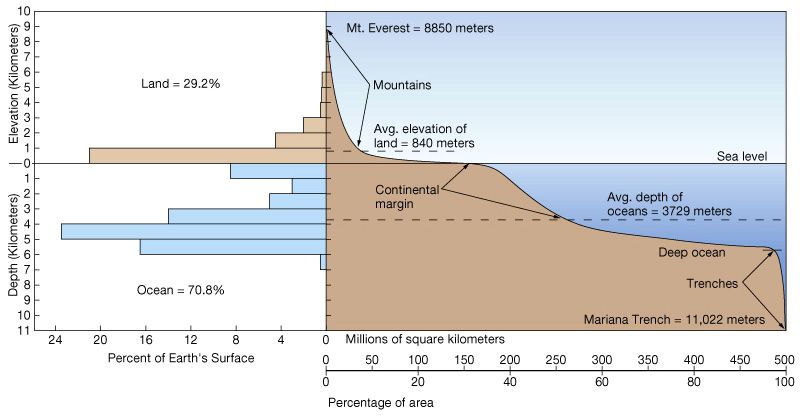 In a strange corner of our solar system live two alien blobs.
In a strange corner of our solar system live two alien blobs.
With sprawling, amorphous bodies the size of continents, these oddities are thought to spend their time lying in wait for their food to rain down upon them – then simply absorbing it.
But their natural habitat is, if anything, even more unusual than their diet. It could be described as “rocky” – all around, there are exotic minerals in unknown shades and forms. Otherwise it’s fairly barren, except for a glittering sea in the far distance – one so large, it holds as much water as all of Earth’s oceans put together.
Every day the “weather” is the same: a balmy 1827°C (3321°F), with some areas of high pressure – equivalent to around 1.3 million times the amount at the Earth’s surface. In this crushing environment, atoms become warped and even the most familiar materials start to behave in eccentric ways – rock is flexible like plastic, while oxygen acts like a metal.
But this blistering wonderland is no extra-terrestrial planet – and the blobs aren’t strictly wildlife. It is, in fact, the Earth itself – just very, very deep underground.




